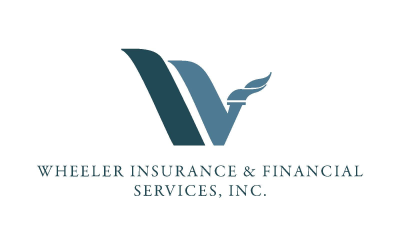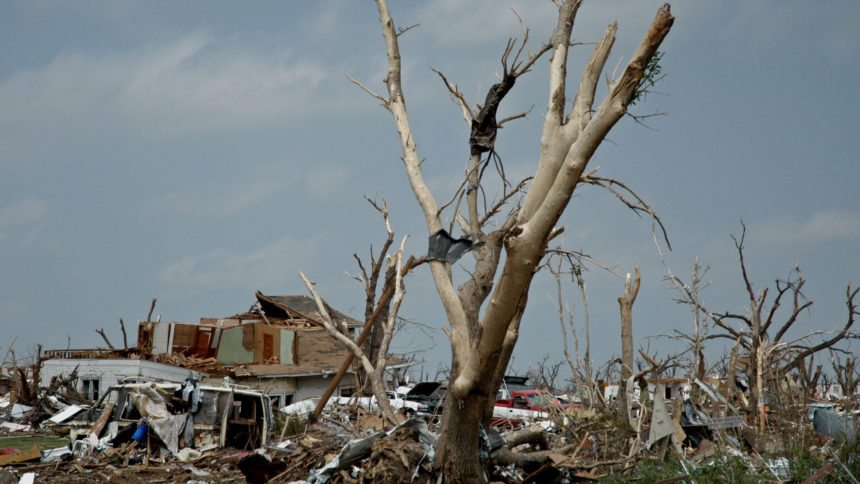According to NOAA, the national weather service, there were 1177 confirmed tornadoes in the U.S. in 2015. We have all seen the devastation that these storms leave in their wake. They leave neighborhoods and cities in ruins. So what happens if your home is hit by a tornado? How can you be better prepared to weather out the storm while it happens and make sure you are covered for the devastation it brings? Following a few steps can ensure your families safety and help make sure you are covered for any damage that may occur.
1. Plan ahead: Make sure your family has a designated shelter area to go to in the event that there is a tornado. A basement or an interior room without windows on the first floor are the best options. If you live in a mobile home, look for shelter that is permanently anchored to the ground. Do not stay in the mobile home. Pack an emergency bag ahead of time. This bag should include: a radio, extra batteries, an emergency whistle (to signal for help), flashlights, water, food, a cell phone, and emergency phone numbers. This bag should be kept in the designated area or in a spot that would be easy to grab on the way to the area.
2. Take inventory of possessions: For insurance purposes you will want a detailed list of all of your possessions. Try to include the brand names and model numbers if possible. This information will help if any claims need to be made. It is a good idea to keep this list with your emergency bag.
3. Talk to your insurance agent about your coverages: As we all know insurance is not a one size fits all thing. There is an infinite amount of different type of policies out there that offer a wide range of different coverages. Because of this, there are some questions that you will want to ask your agent:
Question 1: What is the replacement cost of my home? This is the amount that the insurance company says it will cost to remove the debris from the current site and rebuild a new home. Make sure that this amount is realistic. Sometimes the values can be off a bit and you do not want to find out it is too low after something happens.
Question 2: What coverage is in place for any outbuildings? Make sure if there are any free standing garages or barns that you are covered properly for them.
Question 3: What coverage is in place for personal property? Find out what items are covered by your policy and what is not. Find out the limits of this coverage and determine if it will be enough to replace what could be lost.
Question 4: Is your policy a replacement cost policy or a cash value policy? This refers to replacing lost or damaged personal property. A cash value policy costs less because it’s takes into account for depreciation. Which means that you will get less for the lost personal items because they are older. A replacement cost policy will give the amount to purchase new items regardless of the age of the items lost.
Question 5: What is your homeowners deductible set at? Many companies continue to increase deductibles. It may have gone up and you did not realize it. Check to make sure it is affordable should something happen.
Question 6: Ask about additional living expenses. What’s included with your policy? This coverage is in place to help you if you must relocate from your home. You may see a dollar figure or a time limit on your policy. Make sure that these limits are reasonable should something happen.
Following these three steps can help keep you safe and give you peace of mind should the unthinkable happen.

